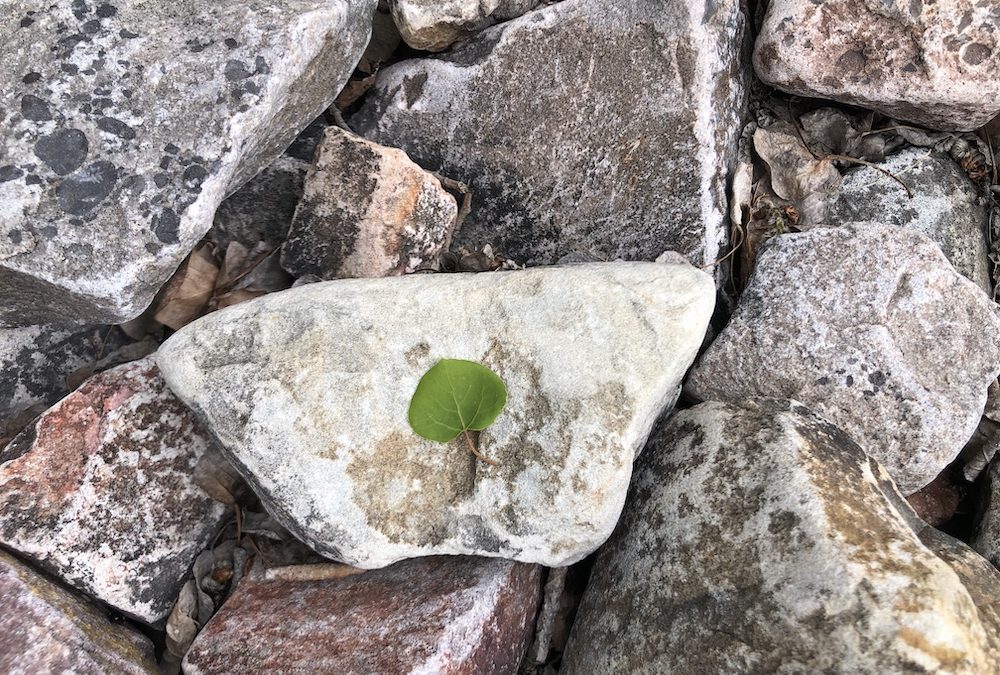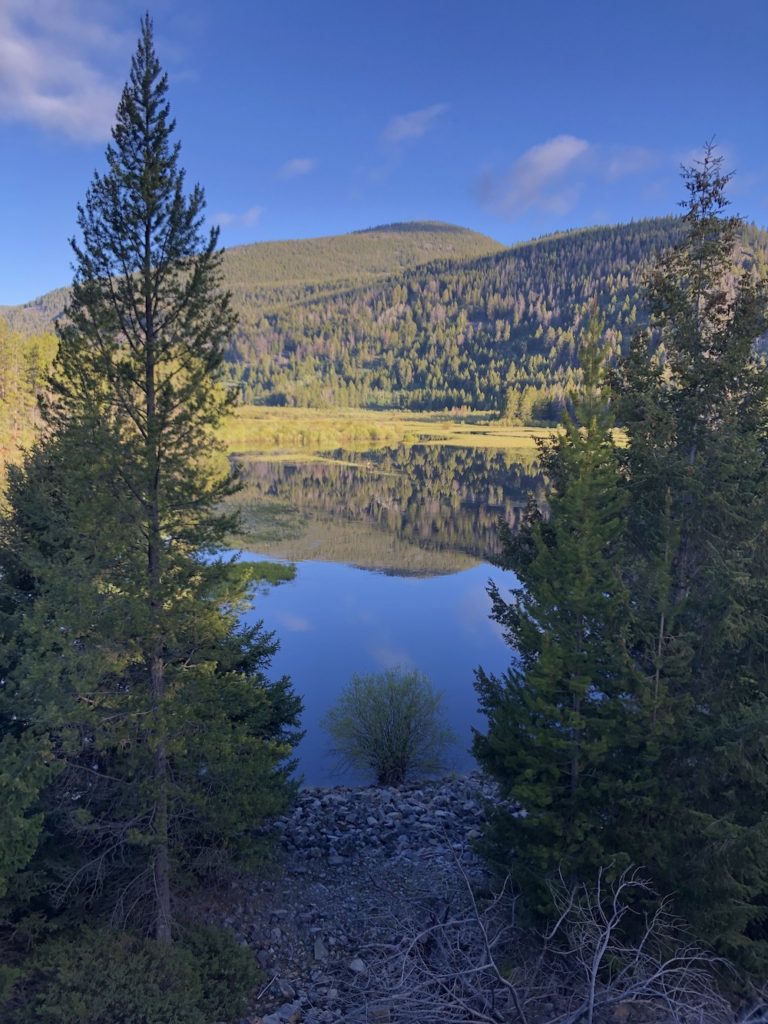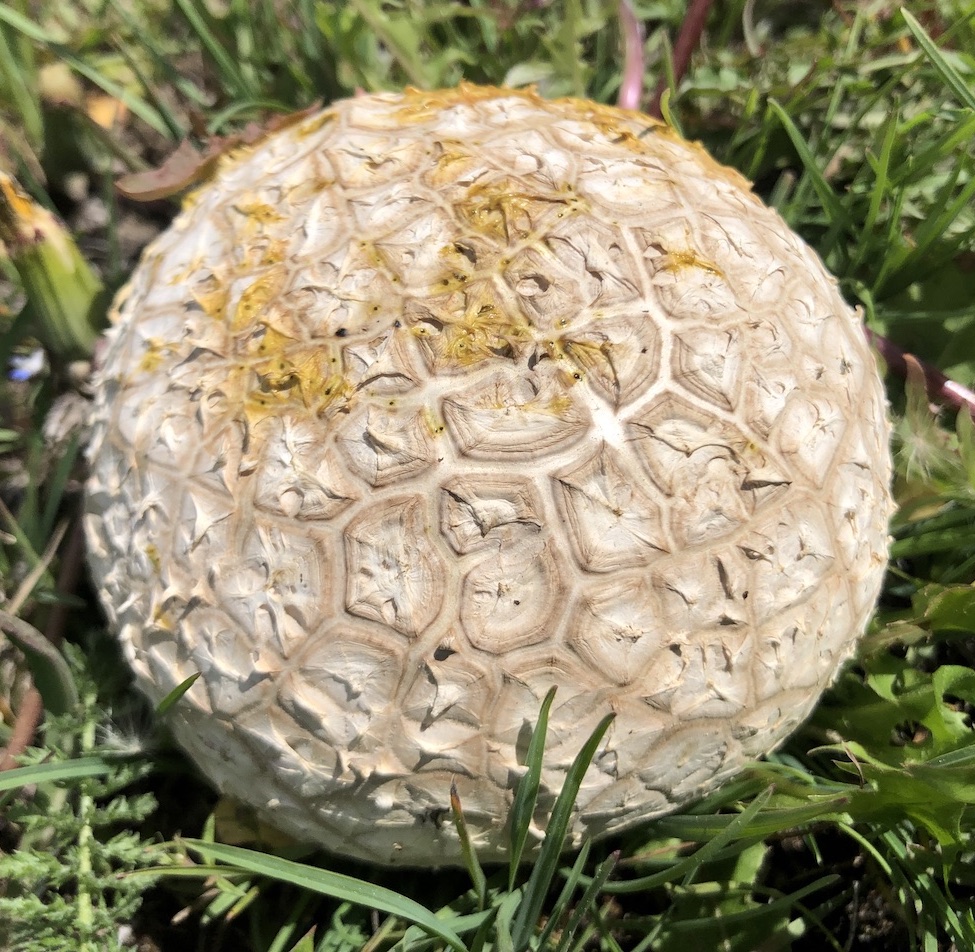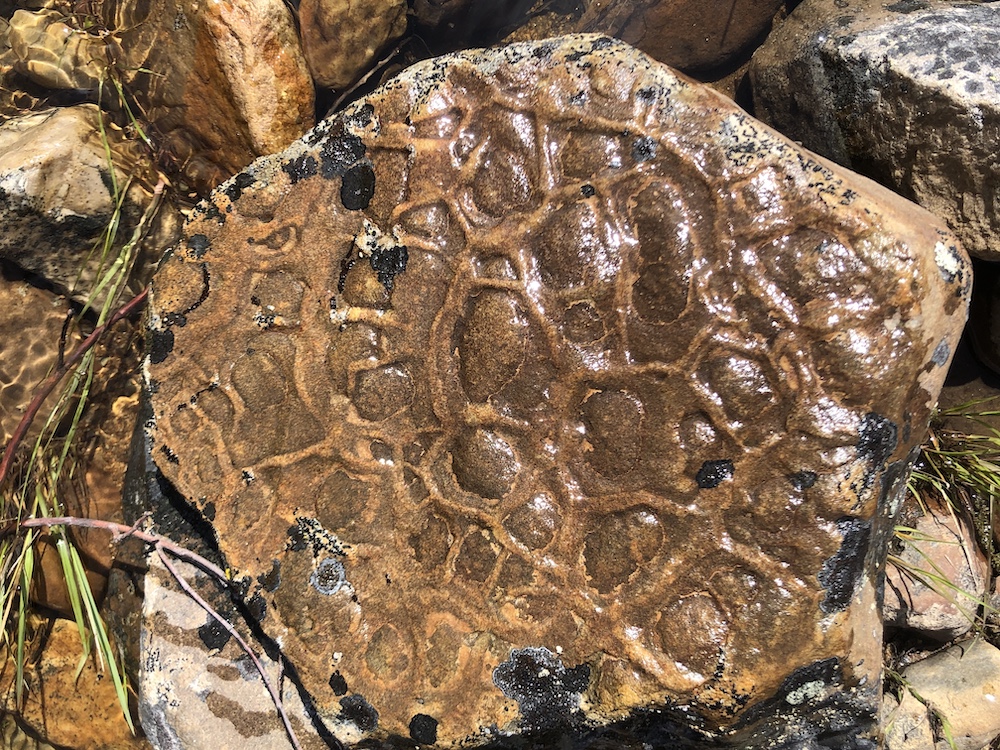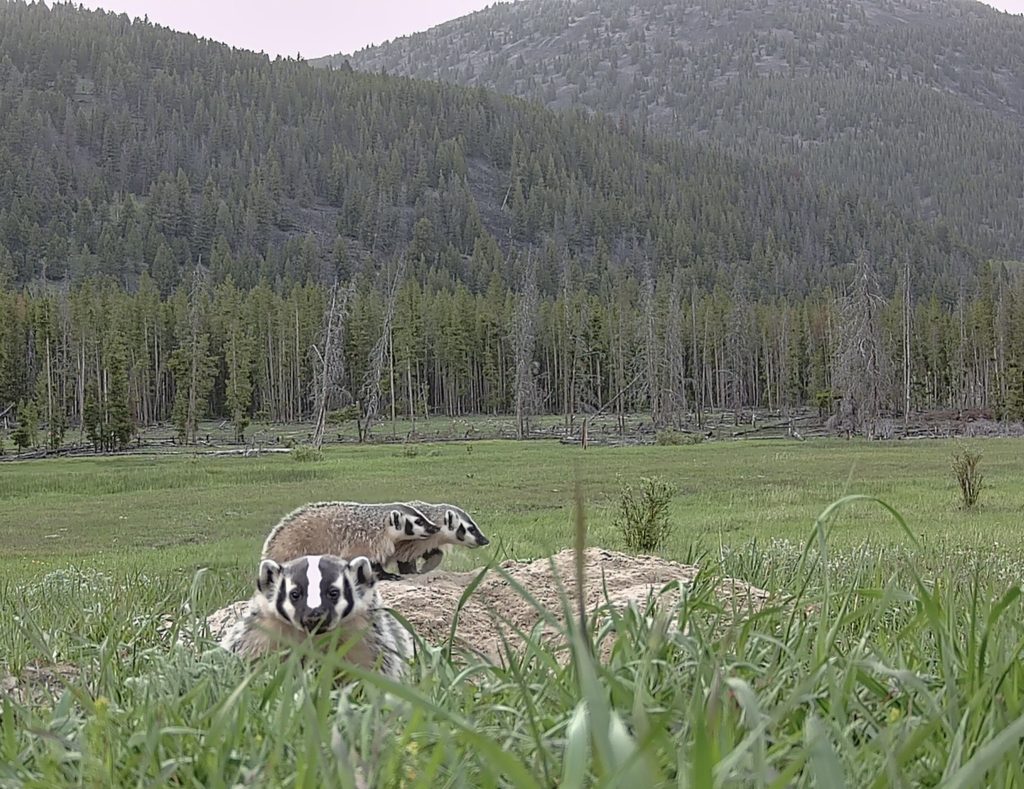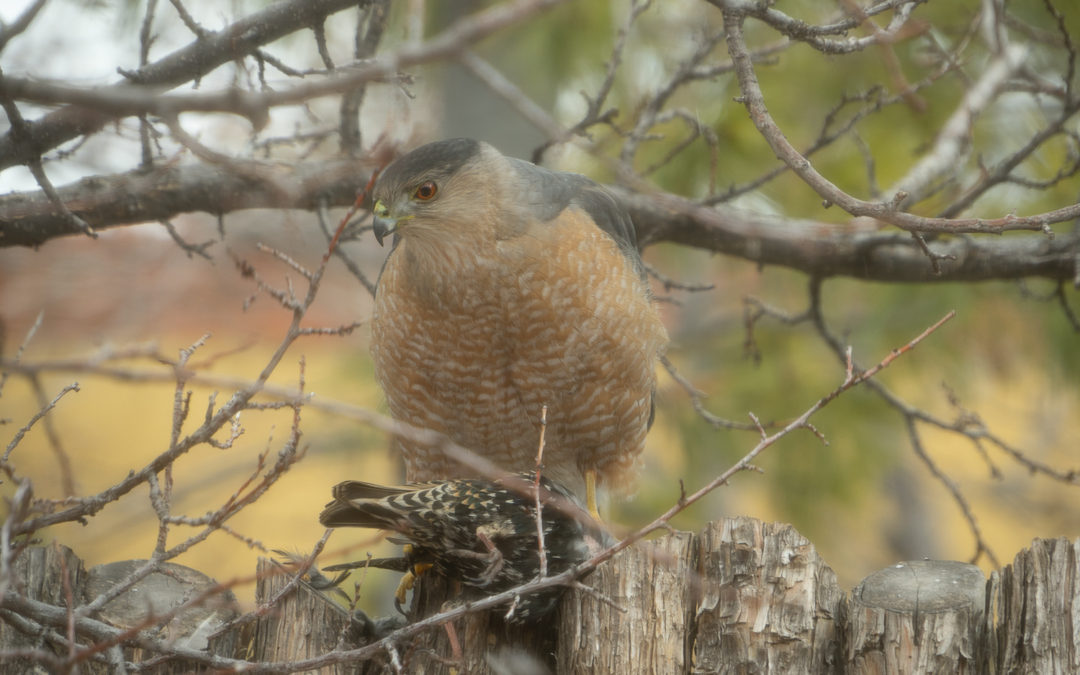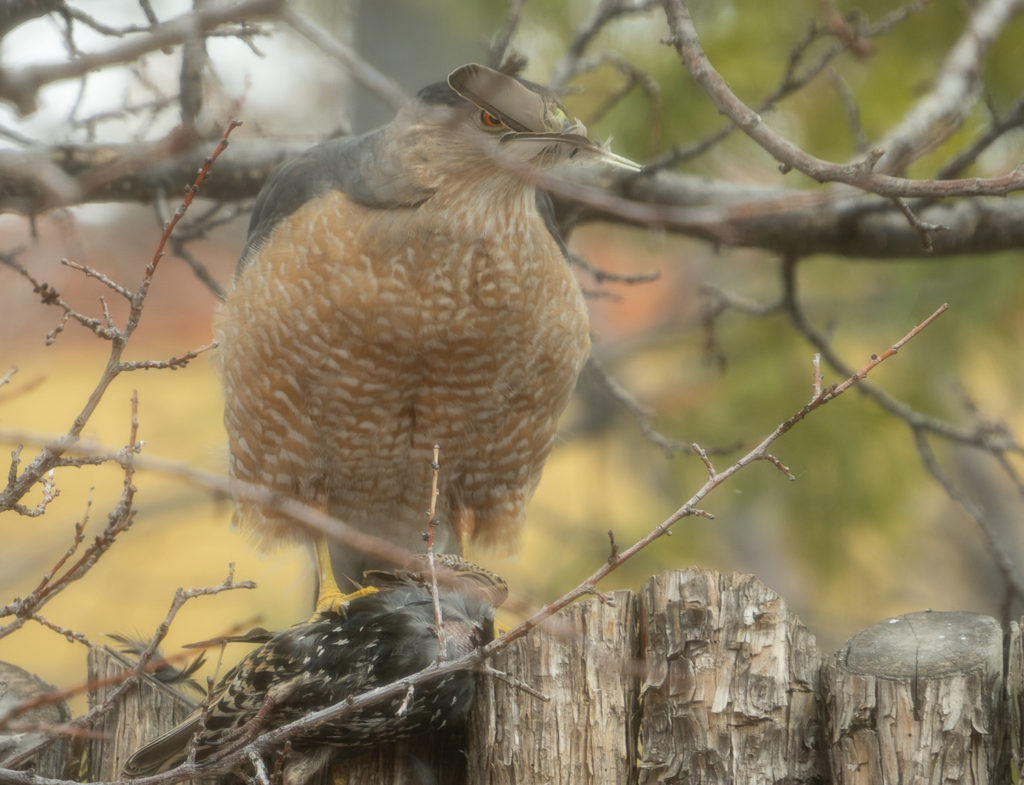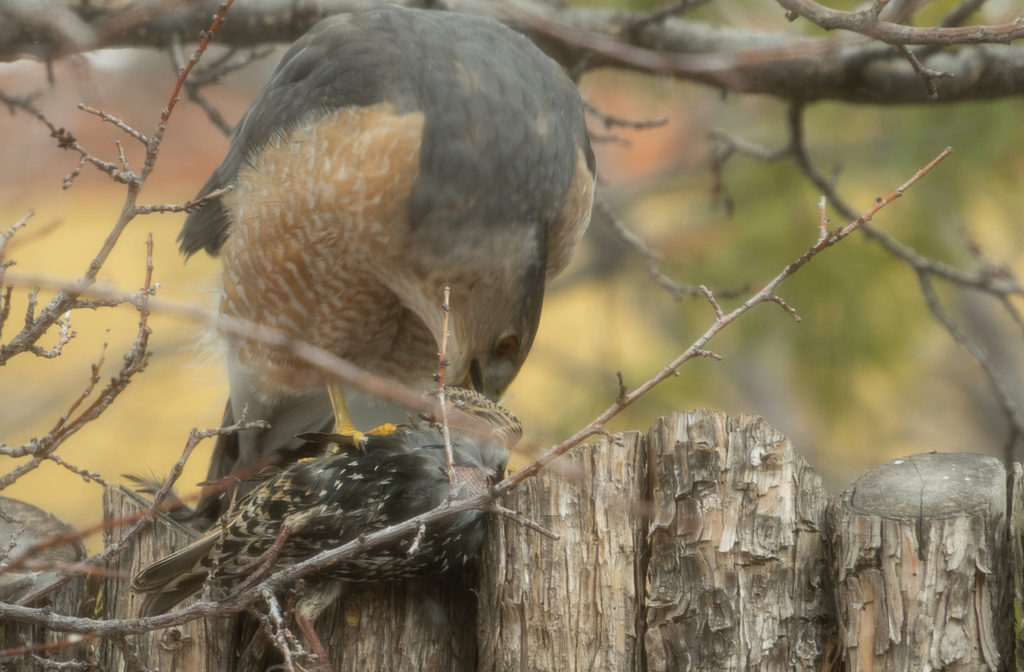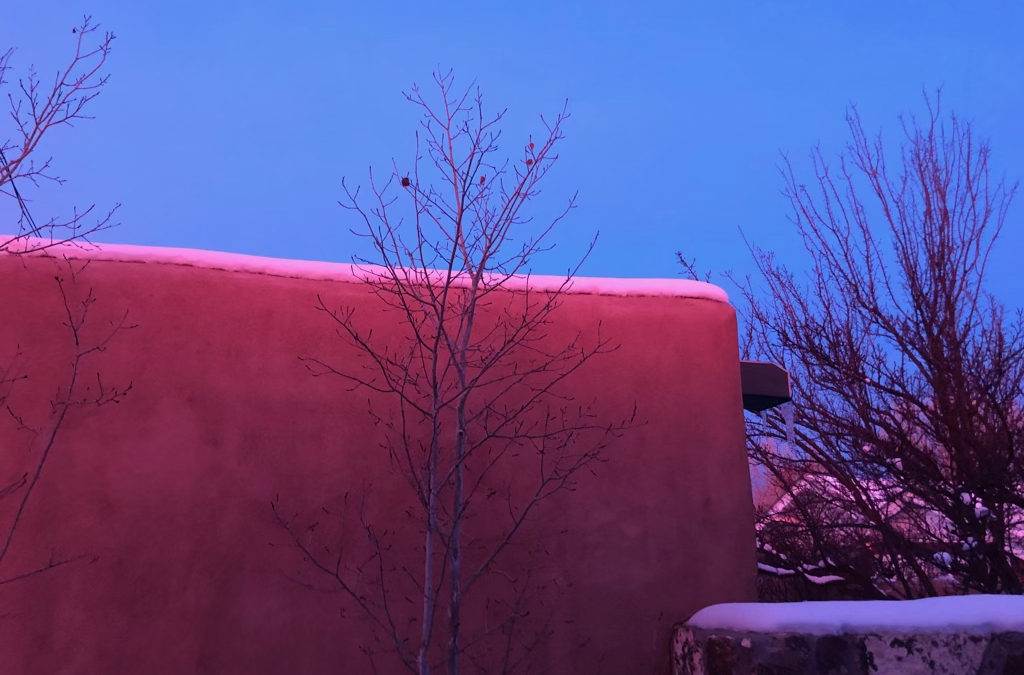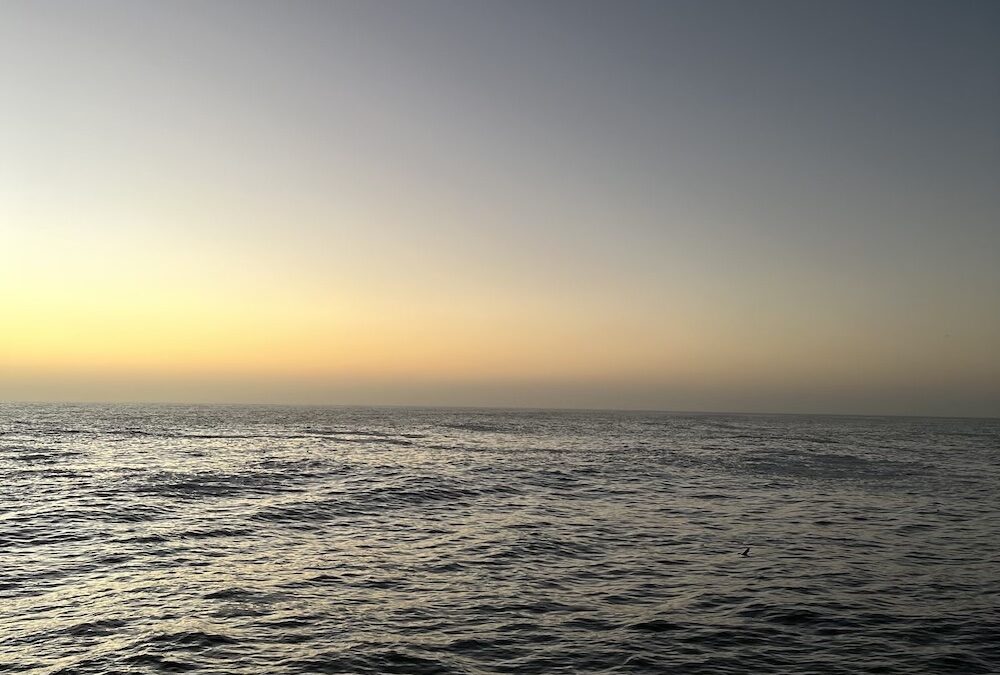
by aramatzne@gmail.com | 24 Oct 2022 | Musing
Only a couple of months ago. The South Atlantic in Namibia. The cold water, the cold air, the African sun. Pebbles like rolled glass. I collected some of these against my better thoughts. The pier with hot chocolate for the KilcherKinder. Wine for me and Constantin, a different form of warmth on a cold day. African winter, not something one believes in. Barefoot in the cold sand, the high surf, tide. Flamingos in flight, their pink bodies, kinked necks, and streaming legs like an afterthought, “Don’t forget us!” Houses, building at the beach’s edge. Too close, too certain. Is there no storm surge, no risk?
This ocean I see daily, the ocean of desert, the ocean of grass, cholla, juniper, and pinyon. It is not lifeless as many think. No more lifeless than the oceans of water. We dismiss too much. The surface belies nothing of what lies underneath. If we can’t see it, does it not exist?
The ocean, power, depth, crashing waves, fluid, flowing, cleansing. What does it know? What does it see? What do we deny?
My mind stalls. The ocean draws me. Always has. Yet I have no more words to express, explain desire, need, floating, held, drifting to the lulling, the rhythmic calm of ocean. Sensory overload via deprivation.
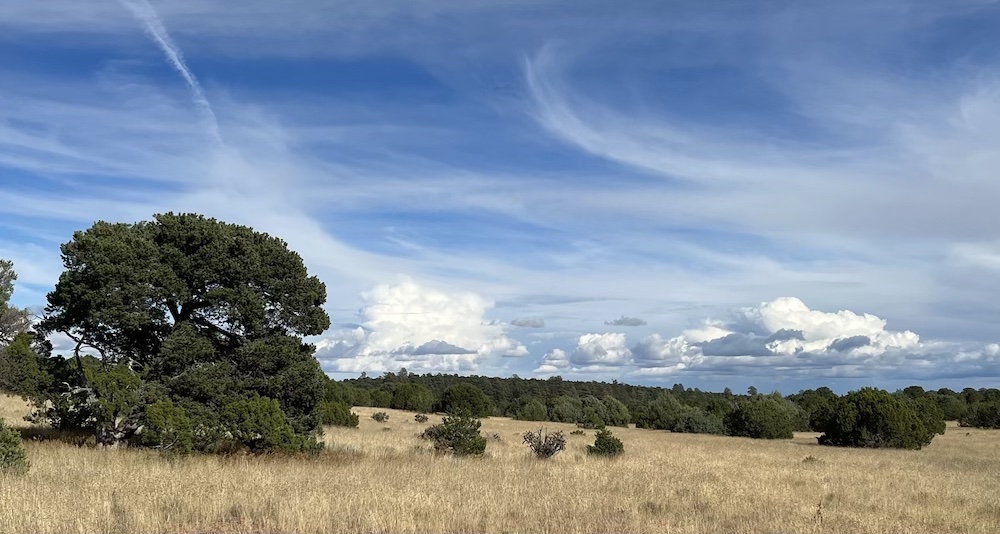
Like this:
Like Loading...
by aramatzne@gmail.com | 8 Aug 2022 | Musing
Tomorrow I am off on an adventure to Africa. My connections may be spotty and the possibility that I have no wifi for the rest of the month is good. And for that I am grateful. When I return I promise to share photos and stories.
In the meantime, in light of the ongoing American political saga, I offer this piece from 2016.
wo MAN
When I was in third grade, the elementary school principal came into our class to speak with the students. I don’t now remember what the primary reason was for his visit; what I remember is only a fragment of his lecture.
He stood at the chalkboard and wrote in large letters:
M A N
Stepping to the side so everyone in the class could see the letters, he said, “Without man,” he stepped back to the board and wrote “wo” before completing his sentence, “you cannot have woman.”
On the board was the word:
wo MAN
Almost 50 years later, I can still see this man saying these words, spewing ignorance and sexism across a new generation of children.
The principal of a school stepped into a classroom to tell half of the students that they were not of value or importance, that without the other half, they simply did not exist.
At the time, I am not sure that I understood all of the implications of his words – I was, after all, a child. But, I still think about this often; clearly, it made an impression on me.
To be told that, as girls, our very existence is entirely dependent upon men fundamentally undermines all that we intuitively know to be true about ourselves, our intrinsic value in the world, and all that we think ourselves capable of doing.
Woe, man.
Women innovators, explorers, and scientists the world around and for generations back have been discouraged from their pursuits. Surely, their place in the world did not involve pushing boundaries. Too many women have been punished for pursuing their dreams, questioning the status quo, and for attempting to break barriers.
Sexism must die. In light of the recent election, the dis-ease that it has created, and the long road that lies ahead for us, it seems particularly important to bring these words out of the dark. They are words that can no longer be whispered. They must be clearly spoken, believed, and lived by every thinking person: sexism must die.
The possibility of a quiet revolution or a slow paradigm shift has passed. Improving women’s status has repercussions well beyond the individual; it has been proven time and again. Yet, repeatedly, women are held back, pushed down, and thrown out.
And, of course, this extends beyond women to every other minority (whom, collectively, create a majority).
Whoa! Man.
Imagine a world where all genders, orientations, colors, and religions are celebrated. Imagine collaborating across the board, and finding the best place for each of us to shine. Imagine if we were each encouraged to pursue our inherent talents and were supported in our dreams. What an amazing world we could create.
It’s time. Whoa! Everyone. What a cool world we live in.
Like this:
Like Loading...

by aramatzne@gmail.com | 21 Feb 2022 | Musing
Social outrage and advocacy
On the way to my first semester of college, I passed a car with a bumper sticker that read, “Nuke a gay whale for Jesus.” In the early 1980s (Reagan-era) no one grasped the idea, let alone the meaning, of political correctness yet. This simple sticker encompassed the social outrages and advocacy issues of the day. “No Nukes” raged after Three Mile Island; ranging from elephants and wolves to children, the latest “Save the…”-themed iteration was “Save the Whales.” Gay rights finally gained a foothold more than a decade after the Stonewall riots and as HIV/AIDS began its rampage through the world. And, well, you know, Jesus, an enduring point of derision, adoration, and divisiveness.
Save the Whales
I remember those “Save the…” campaigns. A few years past the signing of the Endangered Species Act of 1973 (ESA) extensive vitriolic opposition insisted that this law, meant to protect species and the habitat required to sustain them, would curtail industry and cause undue harm to economic development. The idea that any species needed saving met resistance. And, really, so what if a species goes extinct?
The ESA says that individual species need company, critical habitat, and connectivity. I doubt, in 1973, the authors of the ESA would have specified that species need breeding opportunities, hidden in the “need company” and “connectivity” categories – as individuals need the opportunity to meet potential mates. Nothing lives in a vacuum.
“Species loneliness’ identifies the intense solitude that we are fashioning for ourselves as we strip the Earth of the other life with which we share it.” R. MacFarlane, Underland, A deep time journey
Save the humans from themselves
Despite human-perceived otherness, separateness, and higher life form-ness, humans need other humans. Like the species we are trying to save, we need connectivity to each other and the world around us. We need food, water, shelter. Every habitat has a carrying capacity. As the population grows, we need to do more with the remaining resources without destroying what’s left.
I wonder, were passenger pigeons considered critically imperiled when their population dropped to three billion? As many as five billion of this well-known extinct bird once flew east of the Rocky Mountains in flocks that reportedly passed overhead for hours and sometimes days. Near limitless flocks diminished to zero during the last 30 years of the 19th century. Market hunting, habitat loss, and human disruption of breeding colonies that once numbered in the hundreds of thousands of pairs destroyed the connectivity.
The ESA is designed to protect critically imperiled species from extinction as a “consequence of economic growth and development untampered by adequate concern and conservation.” I wouldn’t say the human population is critically imperiled (hello, eight billion). Our current global condition, rampant changing climate, and the subsequent increasing catastrophic weather and human crises resulted from untampered economic growth and development. It does not appear that the ESA has caused undue harm to economic development.
Intended to take no more than two years, the process to list endangered species currently averages 12 years. In the ESA’s 50-year lifespan, 1,652 species have been listed in the U.S. Only 85 of these have been delisted—11 due to extinction. As many as another 50 species went extinct while waiting to be listed. As economic development continues to harm the species (human and otherwise) of the world by reducing and polluting critical habitats, climate change exerts itself more heavily. And as the listing process drags into decades, is it time to list humans?
Where are the humans?
This morning, I Googled “ESA” for background information; Emotional Support Animal (ironic that this ranks so highly) and European Space Agency filled the first page of results. The Endangered Species Act has fallen off the front page of life and into the obscure corners of historical hysteria that we were changing the species composition of the Earth. The Endangered Species Act has been overshadowed by the looming climate crisis that may make all current species obsolete.
Where are the humans in this? We continue to drag out the ESA listing process. We continue to consume fossil fuels. We continue to expand our population. We continue to expand resource extraction. We continue to expand our water consumption. We continue to expand our habitat consumption. We continue to create and transport nuclear waste. We continue to expand use of chemical fertilizer, pesticide, herbicide, cleaning compounds. We continue… We continue… We continue…
At what point do we realize we expanded beyond our capacity? At what point do we understand if we foul this nest, no other planet exists on which to build a new one? Nothing lives in a vacuum. If we can’t get it together to save other species, can we do it for ours?
Would a current sticker say “Queer Jesus rode the plutonium train to the climate change extinction grounds”?
“It has been said that people of the modern world suffer a great sadness, a “species loneliness” – estrangement from the rest of Creation. We have built this isolation with our fear, with our arrogance, and with our homes brightly lit against the night.” Robin Wall Kimmerer, Braiding Sweetgrass: Indigenous Wisdom, Scientific Knowledge, and the Teachings of Plants
Like this:
Like Loading...



